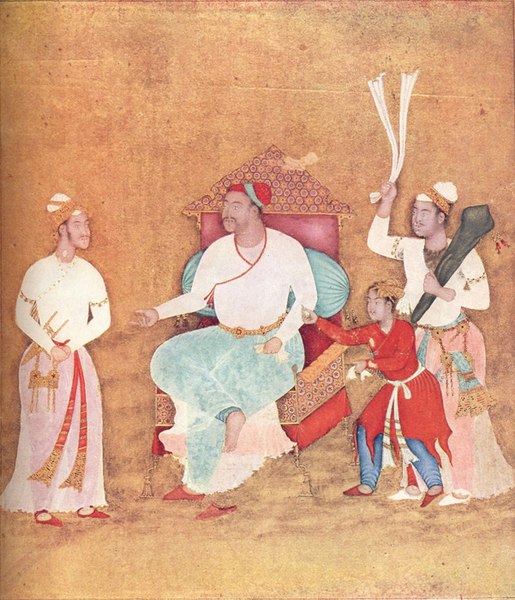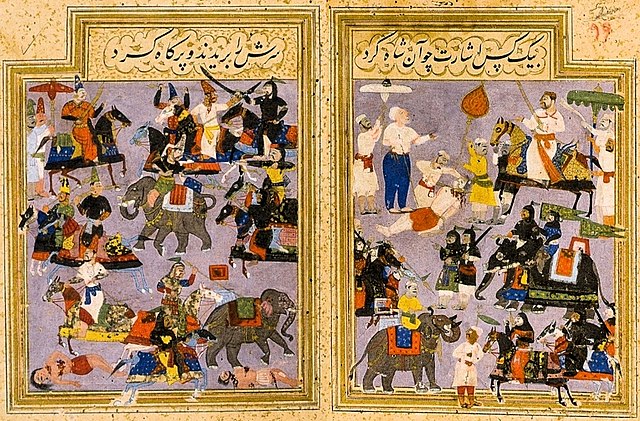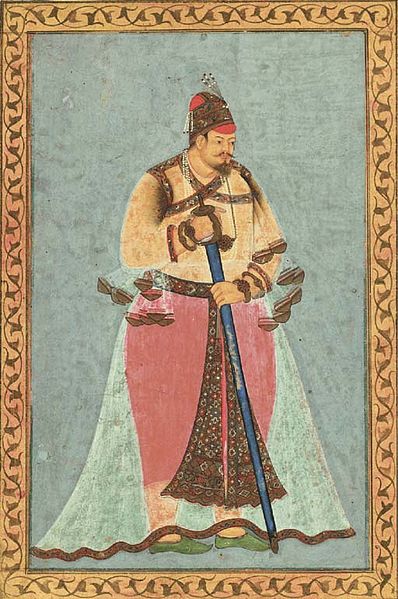The Sultanate of Bidar was one of the Deccan sultanates of late medieval India. The sultanate emerged under the rule of Qasim Barid I in 1492 and leadership passed to his sons. Starting from the 1580s, a wave of successions occurred in the rulership of the dynasty which ended in 1609 under the last Sultan Amir Barid III who was eventually defeated in 1619 by the Bijapur sultan Ibrahim Adil Shah II. Bidar became annexed into the Bijapur Sultanate.
Entrance of Bidar Fort.
Garden of Fort Bidar.
Tombs of Bidar Shahi kings at Barid Shahi Park in Bidar.
Calligraphy in coloured tiles
The Deccan sultanates were five late-medieval Indian kingdoms—on the Deccan Plateau between the Krishna River and the Vindhya Range—that were created from the disintegration of the Bahamani Sultanate and ruled by Muslim dynasties: namely Ahmadnagar, Berar, Bidar, Bijapur, and Golconda. The sultanates had become independent during the break-up of the Bahmani Sultanate. The five sultanates owed their existence to the declaration of independence of Ahmadnagar in 1490, followed by Bijapur and Berar in the same year. Golconda became independent in 1518, and Bidar in 1528.
Painting of the Nizam Shahs
Hunting party, Deccan
Panorama of the Battle of Talikota (1565). In the right panel, Husain Shah (riding a horse) orders the decapitation of Ramaraya (reigned 1542-65), the defeated ruler of the Vijayanagara Empire. Ta'rif-i Husain Shahi (Chronicle of Husain Shah).
Ibrahim Adil Shah II








